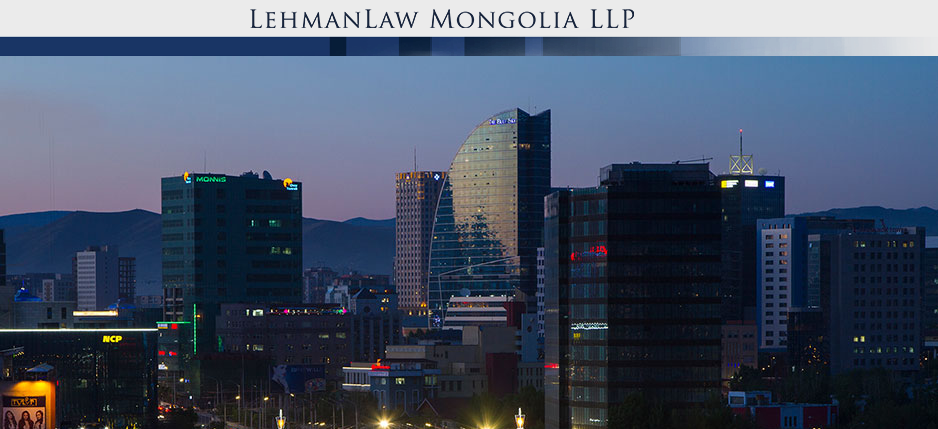In the past weeks the firm’s Mongolian lawyers have been approached with an inquiry regarding the possibilities to request trademark invalidation in Mongolia.
Registration of trademarks can be invalidated by a request filed with the Dispute Resolution Committee (DRC). There are several acceptable reasons for trademark invalidation.
Any interested person may submit to the DRC a request for invalidation of a trademark registration on the ground of followings:
- Trademark is registered in violation of registration requirements;
- The trademark is registered in the member country of Paris Convention under name of any representative of distributor without permission of rights owner of the given trademark;
- A trademark owner hasn’t used the trademark for 5 years without any reasonable excuses.
Such an invalidation request is acceptable in Mongolia if it was submitted within one year from the date on which the registration of the conflicting trademark was published by the Intellectual Property Office. The DRC with the authority to decide whether or not a trademark is invalid within 6 months from the date of receipt and notify it to petitioner.
Although Mongolian Trademark law provides any interested person to dispute about trademark registration validity within specific reasons, a one-year limit for a request submission is too short. After this time frame has passed, it becomes more difficult to invalidate trademark registration based on a request of likelihood of confusion.
The Paris Convention for the Protection of Industrial Property (Paris Convention) which is ratified by Mongolia, provided longer time limit for filing a trademark invalidation request. For example, article 6bis of the Paris Convention entitles the owner of a well-known mark to file an invalidation request of conflicting trademark in 5 years from the date on which the registration of the conflicting trademark was published. Therefore, a period extension for invalidation request is required for the purpose of harmonizing Mongolian law with international treaty.
